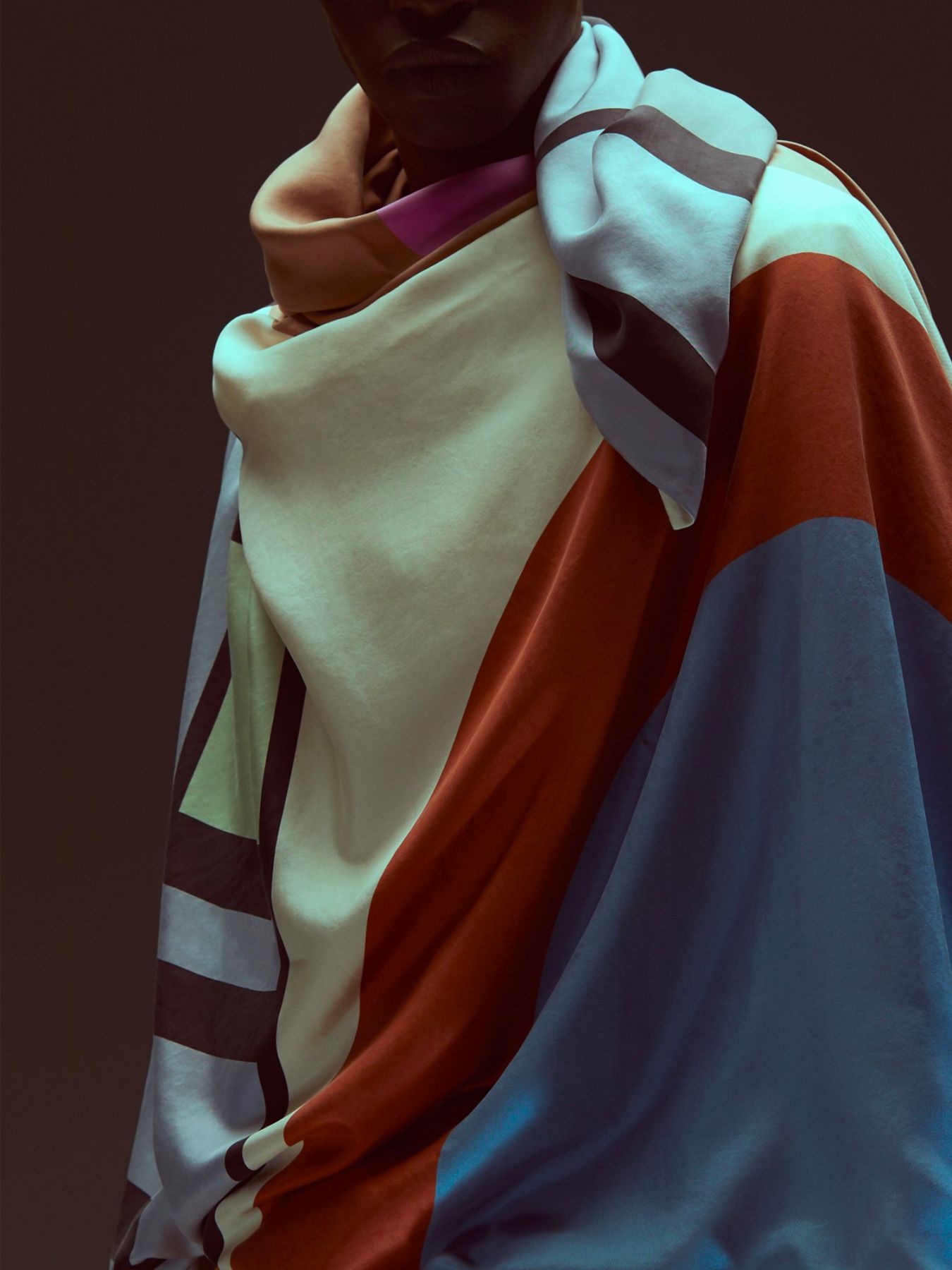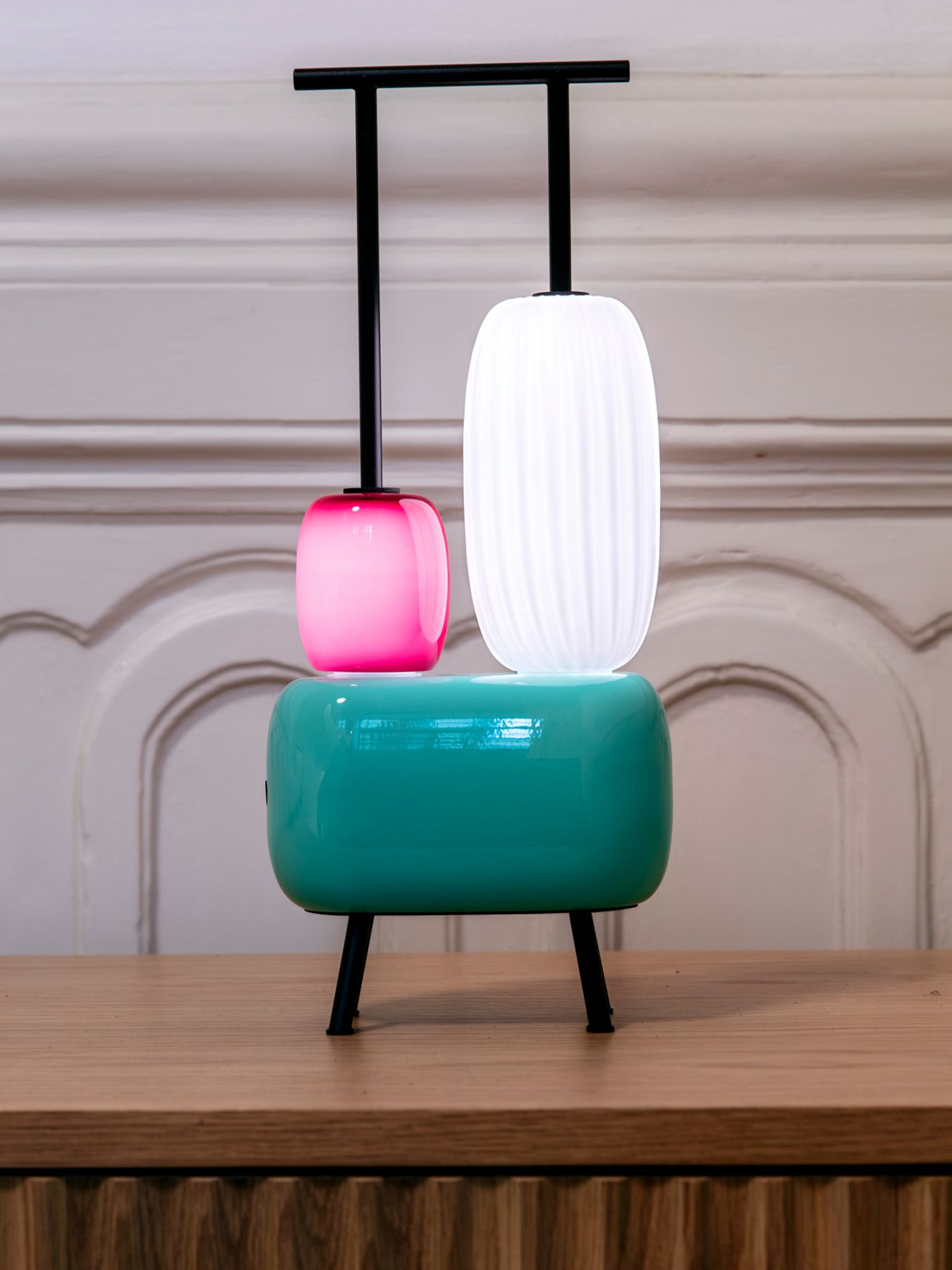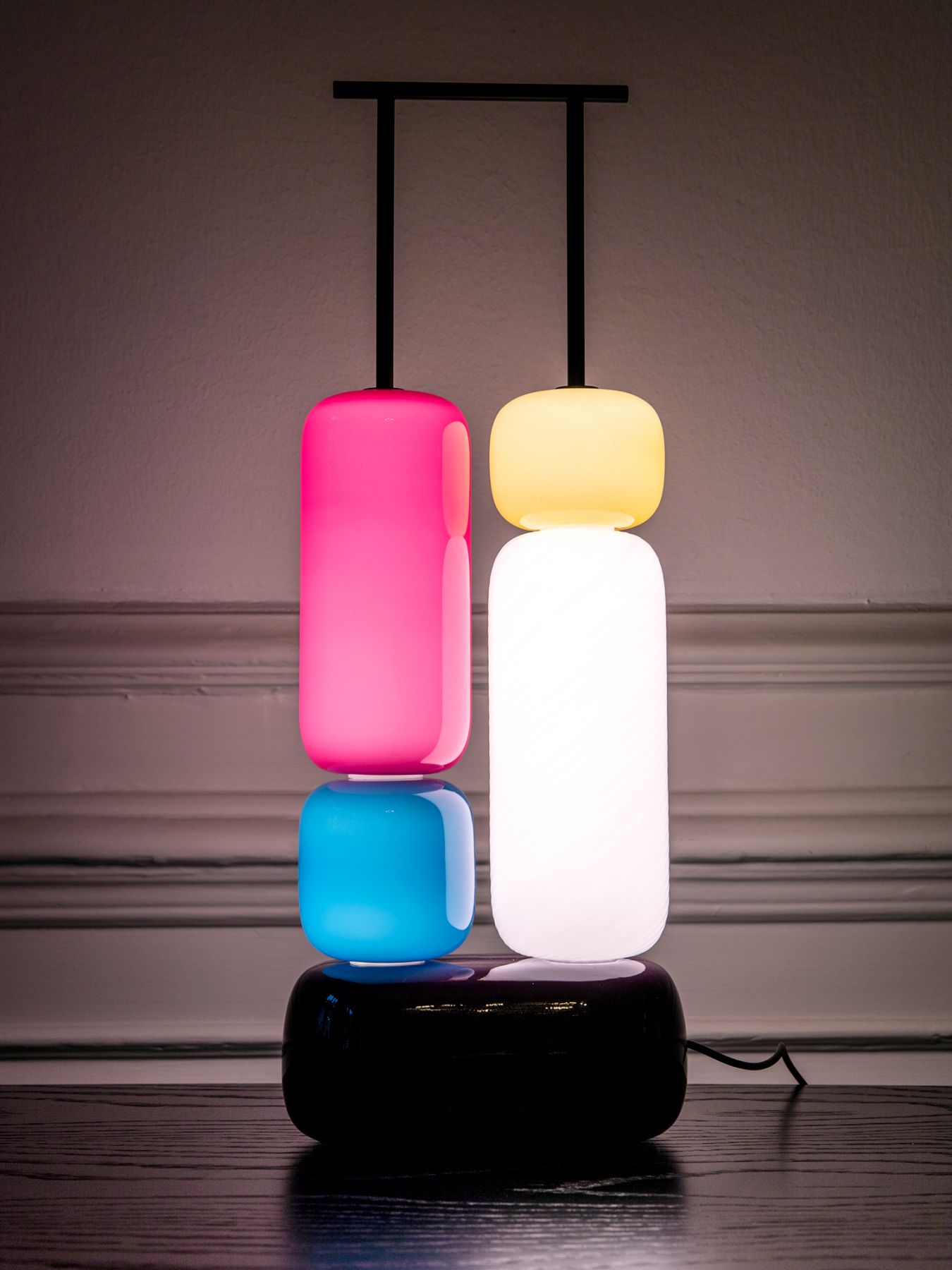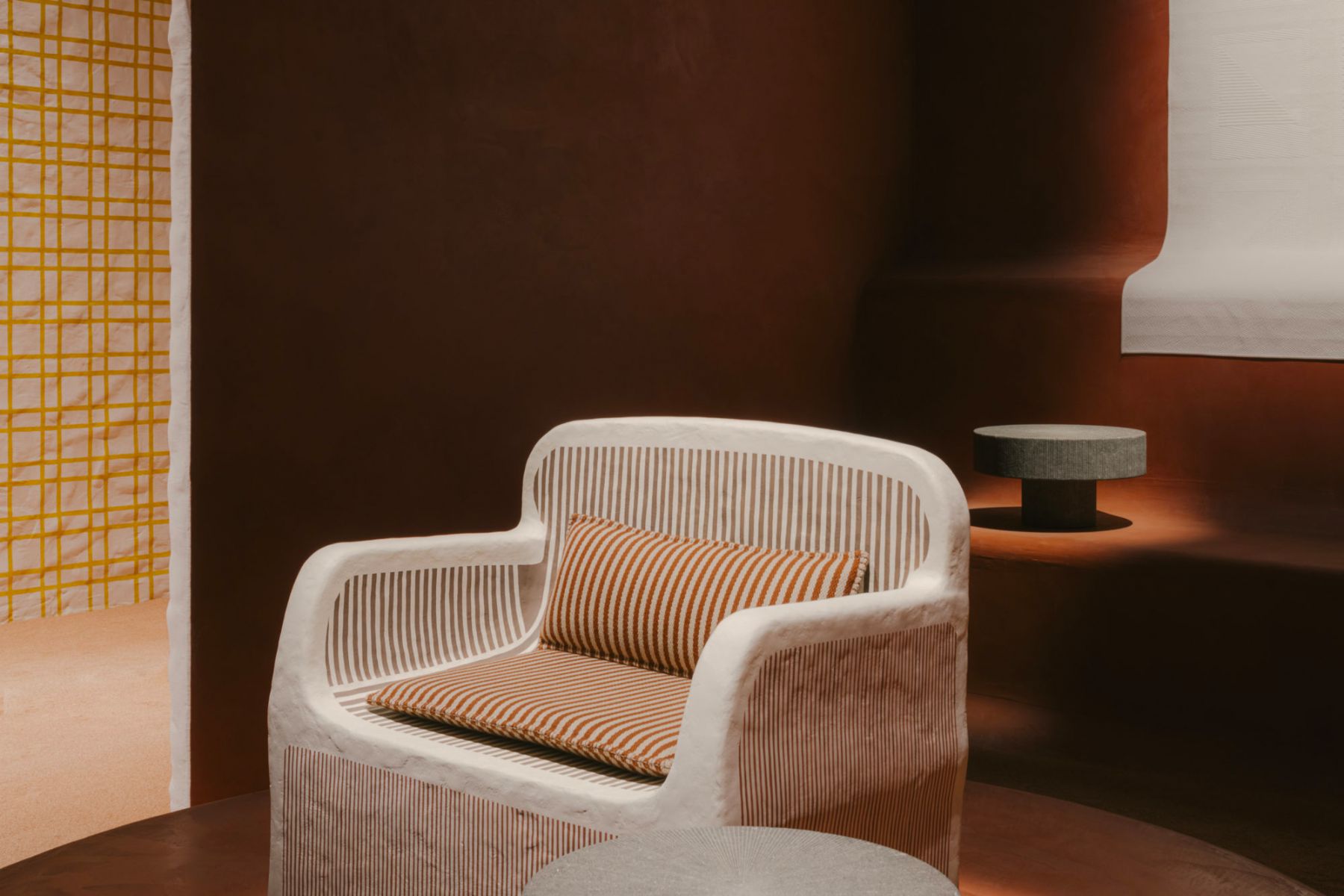A multi-hyphenate whose work spans various fields of design, Italian multidisciplinary designer Luca Nichetto is known for his presence within both the Scandinavian and Italian design scene
Italian multidisciplinary designer Luca Nichetto does not believe in playing it safe.
“My tactic is to always try to surprise myself and jump out of my comfort zone. That means I’ll always try to do something unexpected—not just for my clients, but also for myself. If someone asks me to design something and I’ve never attempted that particular typology, I'm much more interested to do that rather than another sofa or chair,” says Nichetto over a Zoom call from his studio in Stockholm. His second office was launched in Sweden in 2011, five years after the creation of the first studio that’s still currently based in Venice, Italy.
Don't miss: Mood Board: Pierre Yovanovitch’s Cuddly Furniture Draws Inspiration from History
“I still consider myself a 100 per cent Italian designer,” says the Venetian maestro. “For sure, when I first moved to Sweden, there was a curiosity to better understand Scandinavian design. When you move to another country, you try to breathe and to learn different cultures; filtering different parts to have them become part of yourself, and then you grow as a person in that sense.”
The Scandinavian nation is home to the designer and his young family; his firm's presence in both Sweden and Italy is reflected in his distinctive designs, which are marked with a well-executed juxtaposition of the elegant Italian design language with the Scandinavian flair of modernity and sustainability.
“After moving to Sweden, I’ve come to understand that we should be paying much more attention to the eco-sustainability part of the product that, for example, 10 years ago when I started to work, never happened to me in Italy,” Nichetto recalls. “When you’re a young designer and you start in Italy, it’s quite hard because it's like a jungle; there are so many layers and such a heavy concentration of designers. It’s quite hard to stand out, so you really need to—of course—have talent, but also to put in the effort to think about how you want to make your work noticeable. There’s a lot of pressure on yourself to create a product that has a strong aesthetic characteristic.”
In case you missed it: Mood Board: Kelly Wearstler Discusses Design Trends and Stylish Decor Picks









